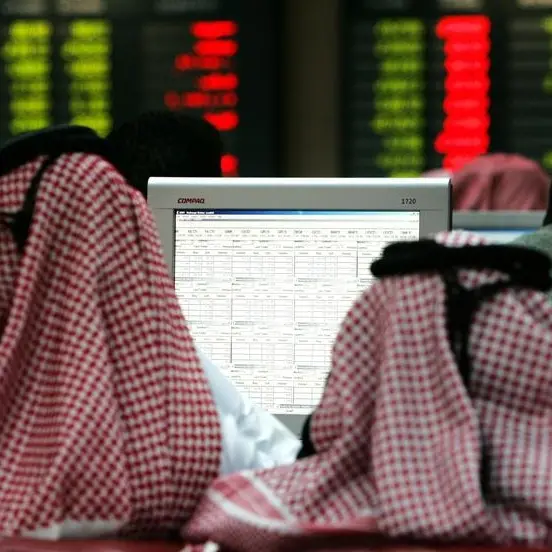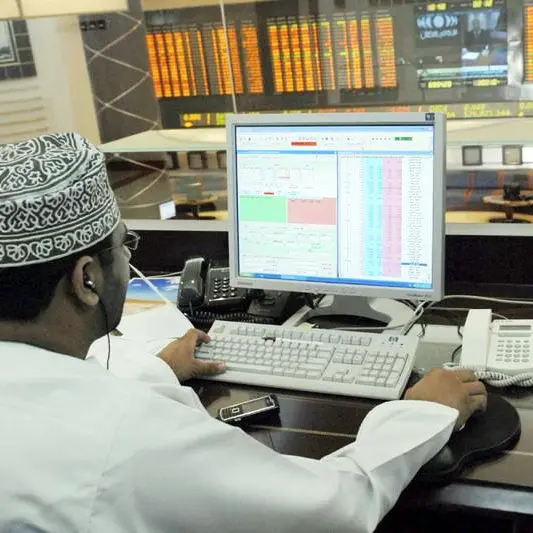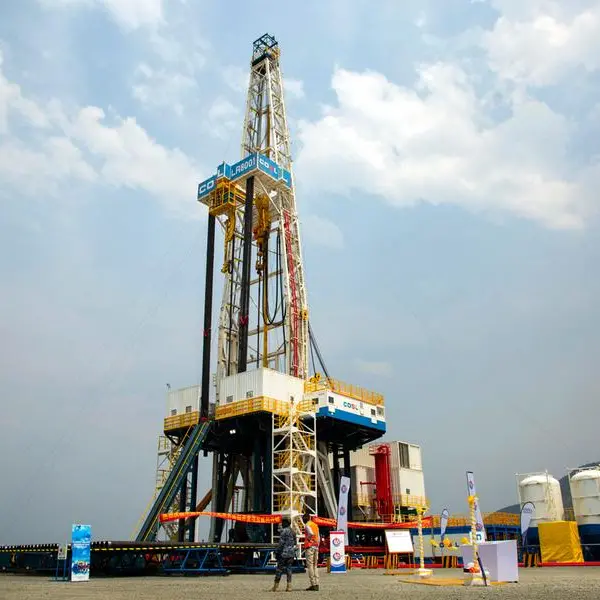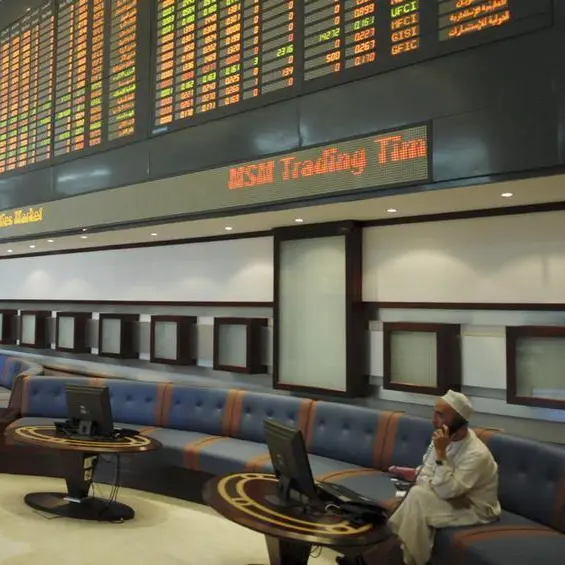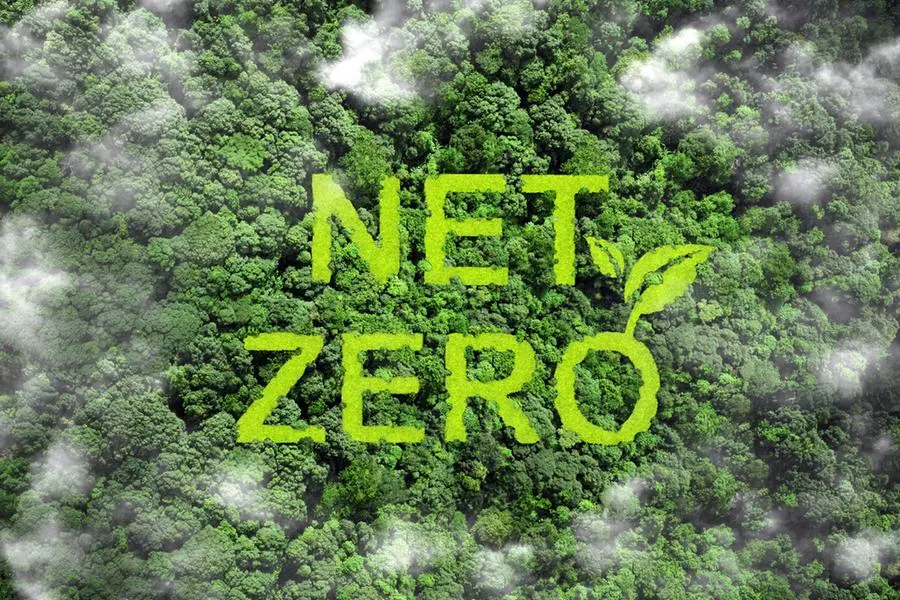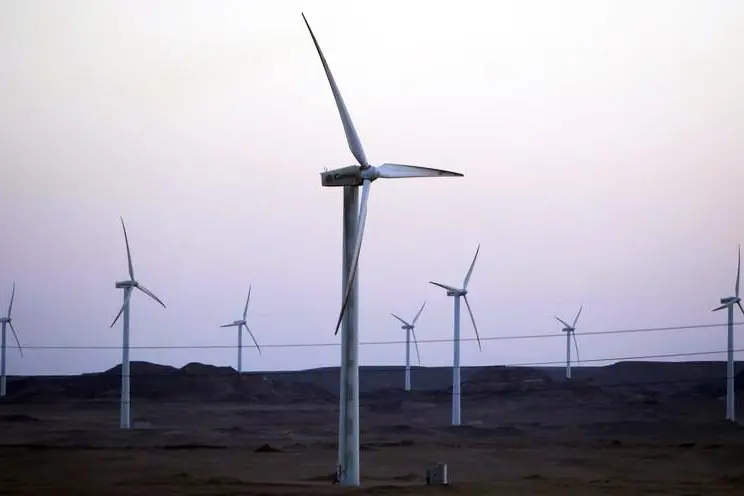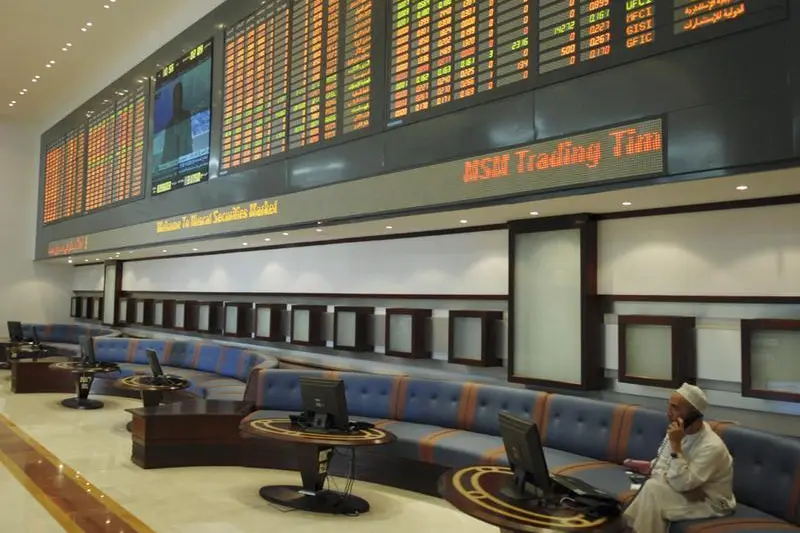The global bond markets have kicked off 2020 with 562.8 billion US dollars of issuance during the month of January spanning corporates, financials and sovereigns. This follows a record year for debt issuance in 2019 both globally and in the Middle East and North Africa (“MENA”).
A combination of calming global geopolitical tensions, the US/China trade war rhetoric being at a low ebb and the UK election result have removed some uncertainties for investors, boosting demand for credit. Supply has also been high as corporates look to issue before the earnings blackout period that bars them from raising debt, and sovereigns typically frontload their issuance at the start of the year. Supply of euro credit has been particularly high as non-euro based issuers have benefitted from the exchange rate by issuing in euros and swapping currencies.
The euro debt market has been especially active since the beginning of the year, with 31 billion euros of debt raised on Wednesday 11th January alone, the largest amount of investment grade debt ever raised in a single day. Negative rates mean holding cash costs investors money, so many are deploying excess euros into fixed income.
The US investment grade credit market had 67 billion dollars of supply in the first week of trading as well, beating street-wide forecasts of 34 billion dollars, up 40 percent versus 2019. Investors have accumulated large cash balances over the last several weeks and are well positioned to put that cash to work, bolstering market demand.
In the MENA region, market issuance crossed the 100 billion US dollar mark for the first time ever last year. This year, we have seen several issuers already come to market, with January being a busy month for the region. We anticipate total issuance in 2020 to reach a similar figure to 2019, as sovereigns, banks and corporates across the region tap the debt market for their funding requirements.
Over the past couple of years, two additional themes in MENA’s debt capital markets have emerged.
The first is the use of “Formosa” –Taiwanese exchange registered - bonds in an issuer’s fundraising plans. By nature of their local registration, these instruments qualify for investment by Taiwanese investors, thereby opening MENA issuers to a broader pool of global capital.
Another theme is the increasing investor and issuer demand for ESG “Environmental, Social & Governance” -linked financing and investment. The demand is already high as global investors, especially in Europe, are interested in investment opportunities that fulfil certain ESG criteria. The ESG bond markets have grown in size since the European Investment Bank’s first green bond issue in 2007. In particular, the sovereign green bond segment is growing dynamically, with issuance cumulatively at 42 billion euros for European governments of which 15.6 billion euros was in 2018 and 20.2 billion euros in 2019, a 30% year-on-year increase.
Globally in 2019, Deutsche Bank assisted its clients issue green bonds of around 20 billion euros – an amount two and a half times greater than in the previous year and about 10 percent of the total market volume. The bank plans to issue its inaugural green bond later this year.
Issuers here in the MENA region are well advised to get their ESG certification in place for future bond issues, as this may lead them to a new set of investors and may therefore have a positive impact on their future bond pricing, not to mention their own credibility in terms of contributing to ESG principles.
* Any opinions expressed in this article are the author’s own
Disclaimer: This article is provided for informational purposes only. The content does not provide tax, legal or investment advice or opinion regarding the suitability, value or profitability of any particular security, portfolio or investment strategy. Read our full disclaimer policy here.
© Opinion 2020

